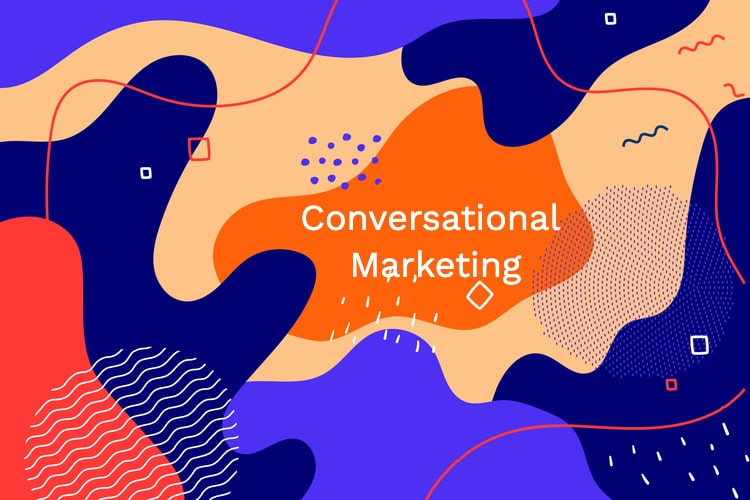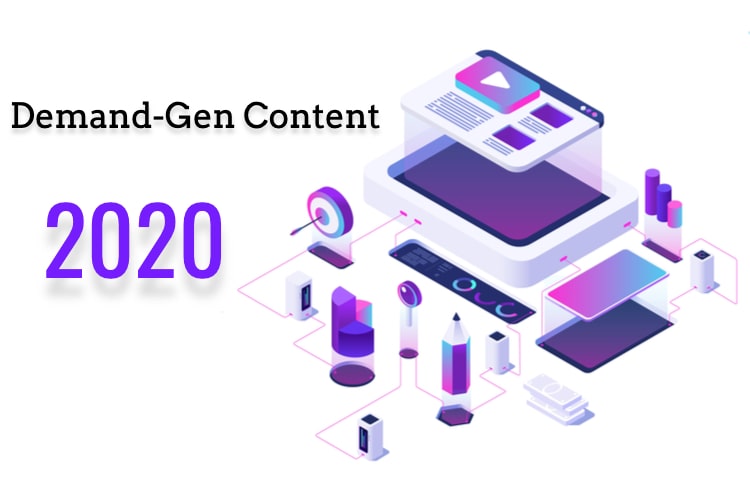Picture this: You’ve written an amazing piece of content that is being shared all over the place. Your traffic is skyrocketing, and you are having a great time watching those numbers climb.
There’s just one problem: all those people are reading your blog post, and then leaving your website without taking any action.
You’ve done everything right. You wrote quality content, targeted the right keywords, optimized your article, and shared your content on all important social networks. You’ve put all your efforts into it, but you just can’t seem to drive conversion.
Why?
Being a good content writer isn’t always intuitive. Sometimes the best way to learn how to write web copy is to get inspired by scientific studies. More precisely, you need to learn how to hack into the minds of your readers.
But, can you really do that? Can you really understand why web users read what they read and consumers buy what they buy? Some say you can, and they have the evidence to prove it.
Enter the world of neuromarketing, a nascent field that uses the tools of neuroscience to tell marketers why consumers prefer some products over others.
In this article, I will show you how to use neuromarketing to write better content that converts.
What Is Neuromarketing and How Can It Help You Write Better Content?
According to Wikipedia, neuromarketing studies “consumers’ sensorimotor, cognitive and affective response to marketing stimuli.” Researchers use neuroscience tools, such as functional magnetic resonance imaging (fMRI), electroencephalography (EEG) or other sensors to measure changes in one’s brain activity or psychological state of mind.
The basis of the field of neuromarketing was put in the early 1950s when two scientists at the McGill University discovered an area in the rodent brain that activated pleasure. Immediately after, companies have begun to take interest in understanding how they can trigger the pleasure centers of their consumers’ brains to determine them to buy their products.
According to neuromarketing, everything you do on your site affects the perception of you and your product/service in the mind of your visitors. From the title you write to the color scheme of your blog and to the way you format your copy, everything has an impact on the decision making of your visitors.
Successful content writers are able to successfully use neuromarketing ideas to make their content more engaging and to drive action.
But, where do you start?
Before trying to hack into the brain of your readers, you need to understand how it works.
System 1 vs. System 2
In an effort to explain how the human brain works, researchers mapped our ways of thinking in two ways – System 1 and System 2.
The concept of the two systems was first introduced by the Greek philosopher, Plato, in his Chariot Allegory. In the fable, Plato talks about a chariot that is drawn by two horses – one horse symbolizes the human emotions (System one) and the other horse represents human reasoning (System 2).
Nassim Taleb explains how the two systems work in his book, “The Black Swan, The Impact of the Highly Improbable”.
System 1, or the emotional one, is what we call intuition. It is automatic, emotional and it allows us to function rapidly and effectively. At times, because the processes are so fast, System 1 can lead us into severe mistakes.
System 2, or the cognitive one, is what we call thinking. It is slow, rational and self-aware. It makes fewer mistakes than System 1, and it allows us to retrace our steps and make corrections if necessary.
Now, tell me if this sounds familiar. You go to the store with a specific goal in mind: you need a new pair of winter boots. But, you come back home with boots, a new jacket, and a shirt. You don’t really need the last two items, but you can’t resist the urge to buy them.
Why?
According to professor and author, Gerald Zaltman, cited by kwasistudios.com, up to 95% of our purchasing decisions are made by System 1.
The difference between System 1 and System 2 is also applicable to content marketing. Smart content writers know that they need to appeal to the emotional side of readers to determine them to take action.
Speak to the Lizard Brain
“If you ever get close to a human and human behavior, be ready to get confused,” says Bjork in one of her most famous songs, “Human Behavior”.
Why am I telling you this?
Because she is absolutely right. We say one thing, but then we do another. We say we want to stop being so lazy, but we sleep until noon. We say that we want to learn more, but we skip classes. We say that we want to be successful, but we sabotage our opportunities. And the list goes on forever.
So, why is it so difficult to do what we say we are going to do?
The answer is: because of the lizard brain.
According to neuroscientists, the lizard brain is the pre-historic brain. It is responsible for the fight or flight response and for our reproductive drive.
The lizard brain is concerned with survival and can quickly notice any difference in the environment. It’s not particularly fond of change, achievement, and risk.
According to neuromarketing studies, the lizard brain is responsible for human behavior and decision making. The bad news is that it has no capacity for language, and it’s triggered by emotions.
The good news is that there are ways you can appeal to the reptilian brain of your audience and influence their decision-making process.
How to Engage the Lizard Brain: 5 Neuromarketing Tricks
If you want your visitors to convert into leads and customers, you need to grab attention to the lizard brain. But, that’s often easier said than done, right?
Fortunately, there are tricks you can learn from experienced content writers to appeal to this region of your audience’s brain and engage them from the beginning.
Here are 5 neuromarketing tricks that will help you hack into the brain of your readers.
Emphasize Your Readers’ Pain
The reptilian brain is responsible for our survival instincts. Therefore, it is more concerned with avoiding pain than it is with gaining pleasure. As a result, speaking to the pain of your audience it’s a surefire way to grab their attention.
I know it sounds counterintuitive. Until recently, marketing was all about highlighting the benefits of a product. But, according to Christophe Morin, cited by inc.com, “humans are pain-avoiding machines”, which focus more on not getting hurt than feeling good.
Think of your readers’ pains and problems. How can you integrate them in your content? For example, Domino’s Pizza realized that their customers’ problem wasn’t that they didn’t have pizza, but that they had no idea when the pizza will arrive. So, they created a system that allows customers to track their orders, from the oven to their doorstep. Needless to say, it was a huge success.
Target Emotional Response
Our brains use emotions to react to any event. When you brush your teeth in the morning, your emotions are engaged. When you order a cup of coffee at the corner coffee shop, your emotions are alert. When you meet your friends after work for drinks, your emotions are in play.
Emotions govern our daily lives. But, more importantly, they drive action. So, in order to influence the decision-making process of their readers, savvy content writers focus on targeting an emotional response.
Use powerful images, stories, and shocking numbers to trigger an emotional response in your readers. Appeal to their curiosity or to their self-centered nature to persuade them to take action and convert.
Engage Your Readers’ Sense
How many TVs are there in your house?
How did you come up with the answer? You visualized your home and started counting – one in the living room, one in the kitchen and so on.
Humans are visual creatures. Our brains react differently to visual stimuli. According to psychologists, 90% of the information transmitted to the brain is visual. As a result, what we see has a stronger effect on what we feel, how we react and so on.
In order to boost your conversion rate, you should engage as many senses as possible. Don’t tell the story; make them visualize the action. Help them imagine how things smell, sound, taste, and touch.
Think of what restaurants do in order to attract more customers. If you look at a burger, you might want to buy one. But, if you look at it and smell the freshly grilled meat and the melted cheese, you are even more likely to buy one.
Use the Cheerleader Effect
New studies show that people appear more attractive when presented in a group than in isolation. This bias is known as the cheerleader effect and has been used by content writers and social media marketers to influence and inspire engagement and conversion.
Think of a cheerleader group. To many, these girls are beautiful, energetic and sexy. While this is true, part of their beauty is a visual illusion created by the fact that the cheerleaders appear as a group.
To use the cheerleader effect to your advantage, include social proof in your content. Use testimonials, customer reviews or give examples of people interacting with your product/service to make it more desirable.
Justify Conversion Through Contrast
The lizard brain is concerned with survival and it can quickly notice any difference in the environment. Try to be different in order to stand out. Grab its attention by using powerful words or a different color scheme.
For instance, Apple did a great job of demonstrating contrast between itself and its competitor in its old advertisements. The ads portrayed the PC user as an annoying nerd, while Mac users look cool and confident.
You can show contrast by demonstrating how you are better than your competitors. Give before and after examples and show your audience how your product can relieve them from their pain.
Over to You
If used correctly, science and creativity can give you an enormous edge over your competitor. Scientific data can help you hack into the brain of your readers and persuade them to take action and convert.
Are you using neuromarketing to write better content? What other tricks do you know? I’d love to hear your thoughts.







